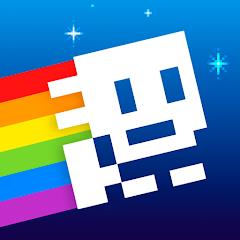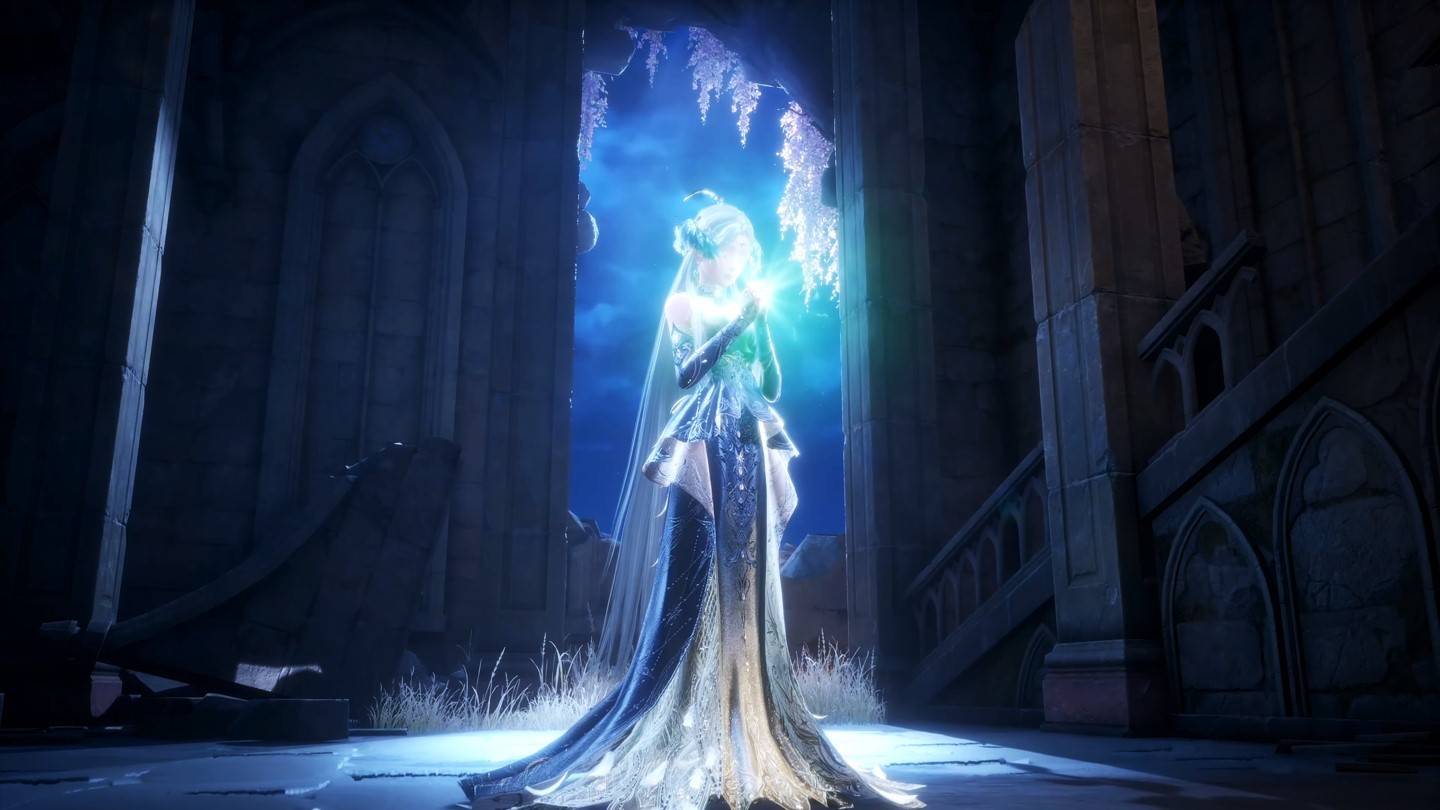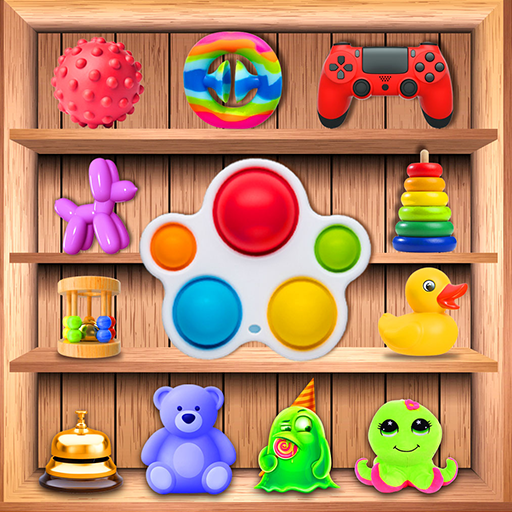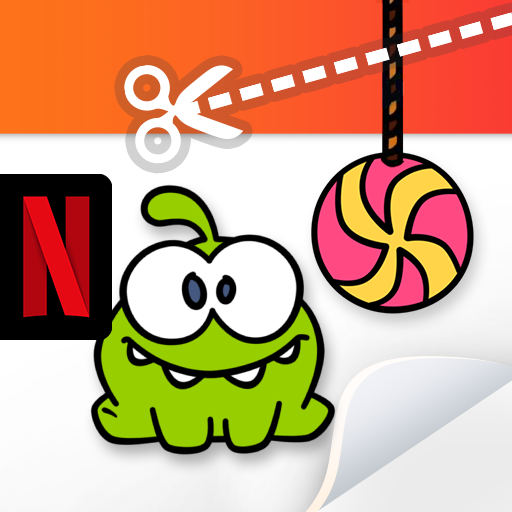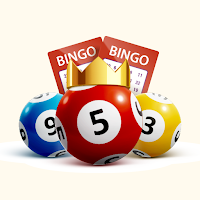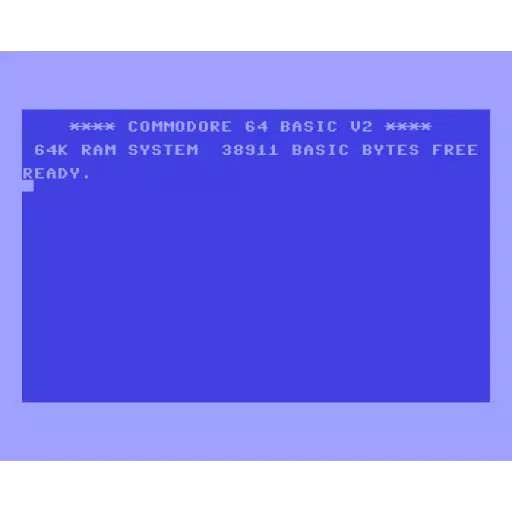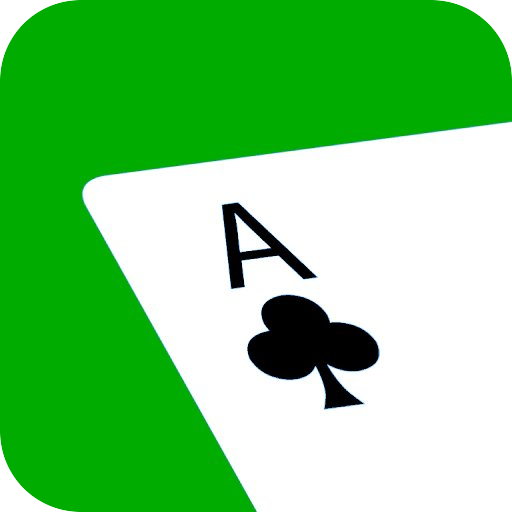Nintendo Consoles: Complete Release Date Timeline
Nintendo stands as a towering icon in the annals of video game history, renowned for its pioneering spirit and creative breakthroughs in the home console market. With a rich catalog of beloved intellectual properties that continue to captivate audiences decades later, Nintendo shows no signs of slowing down. The recent announcement of the Nintendo Switch 2 underscores this ongoing momentum. As we await this new chapter, let's take a moment to reflect on the storied legacy of Nintendo's console history.
Below, we've meticulously compiled a comprehensive list of every Nintendo console that has graced the gaming world. Embark on this nostalgic journey through time and witness how Nintendo has consistently advanced the art of gaming!
AnswerSee Results*Looking to save on a new Nintendo Switch or new titles for your system? Be sure to check out the best Nintendo deals available today.*How Many Nintendo Consoles Have There Been?
In total, 32 Nintendo consoles have been released throughout Nintendo's storied history. The forthcoming Switch 2 will mark the 33rd entry. This count includes various revision models for both home and handheld consoles, such as those branded with XL and Mini labels.
 Latest Model### Nintendo Switch OLED (Neon Blue & Red)
Latest Model### Nintendo Switch OLED (Neon Blue & Red)
4See it at AmazonEvery Nintendo Console in Order of Release
Color TV-Game - June 1, 1977
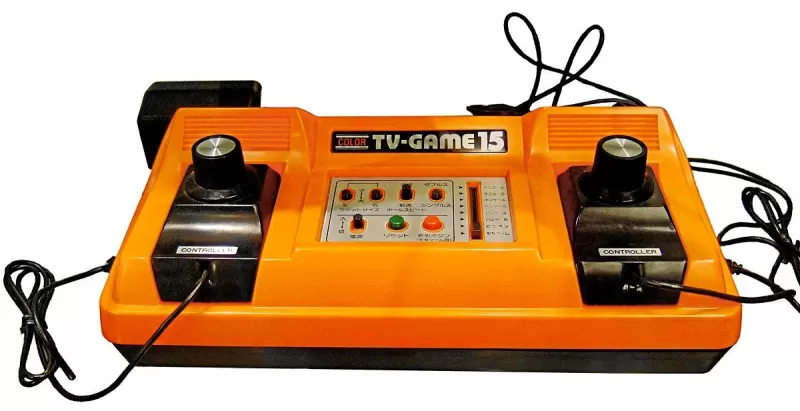 Nintendo's initial venture into gaming hardware, the Color TV-Game series, might surprise many with its obscurity. A collaboration with Mitsubishi Electronics, these systems marked Nintendo's first steps in hardware development. Their success paved the way for Nintendo's future in the gaming industry, a legacy that continues to thrive nearly 50 years later.
Nintendo's initial venture into gaming hardware, the Color TV-Game series, might surprise many with its obscurity. A collaboration with Mitsubishi Electronics, these systems marked Nintendo's first steps in hardware development. Their success paved the way for Nintendo's future in the gaming industry, a legacy that continues to thrive nearly 50 years later.
Game & Watch - April 28, 1980
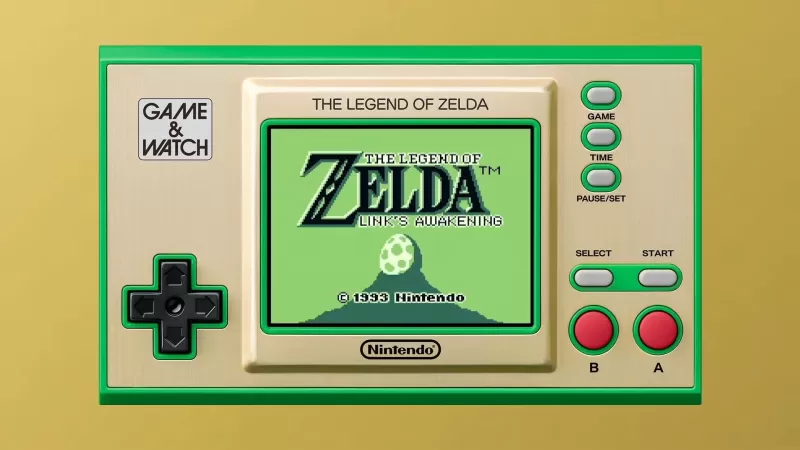 Launching into the handheld market, Nintendo's Game & Watch devices offered unique games on each unit. Selling over 40 million units globally, these consoles introduced innovations like the D-Pad in the Donkey Kong Game & Watch, features still prevalent in today's gaming landscape. Nintendo revived interest in these classics with limited editions released in 2020 and 2021 to celebrate Mario and Zelda anniversaries.
Launching into the handheld market, Nintendo's Game & Watch devices offered unique games on each unit. Selling over 40 million units globally, these consoles introduced innovations like the D-Pad in the Donkey Kong Game & Watch, features still prevalent in today's gaming landscape. Nintendo revived interest in these classics with limited editions released in 2020 and 2021 to celebrate Mario and Zelda anniversaries.
Nintendo Entertainment System - October 18, 1985
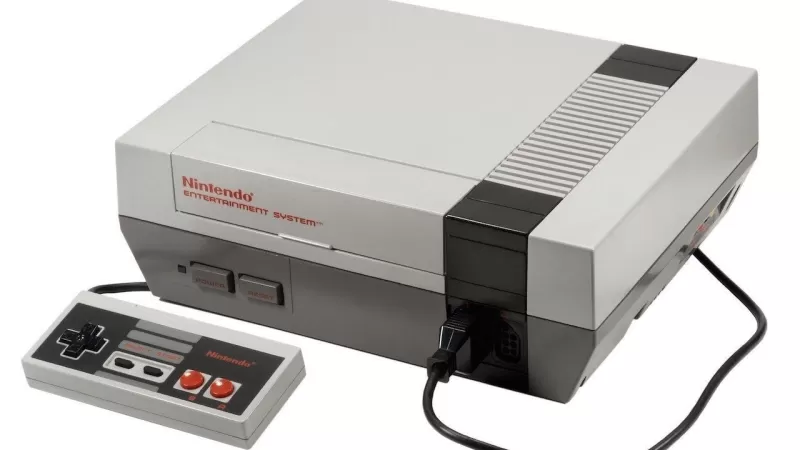 Known as the Family Computer (Famicom) in Japan, the Nintendo Entertainment System (NES) marked Nintendo's entry into North American homes. With its cartridge system, the NES allowed gamers to explore a vast library of games, laying the foundation for iconic series such as Super Mario, The Legend of Zelda, and Metroid. It remains a cornerstone in video game history, shaping future console generations.
Known as the Family Computer (Famicom) in Japan, the Nintendo Entertainment System (NES) marked Nintendo's entry into North American homes. With its cartridge system, the NES allowed gamers to explore a vast library of games, laying the foundation for iconic series such as Super Mario, The Legend of Zelda, and Metroid. It remains a cornerstone in video game history, shaping future console generations.
Game Boy - July 31, 1989
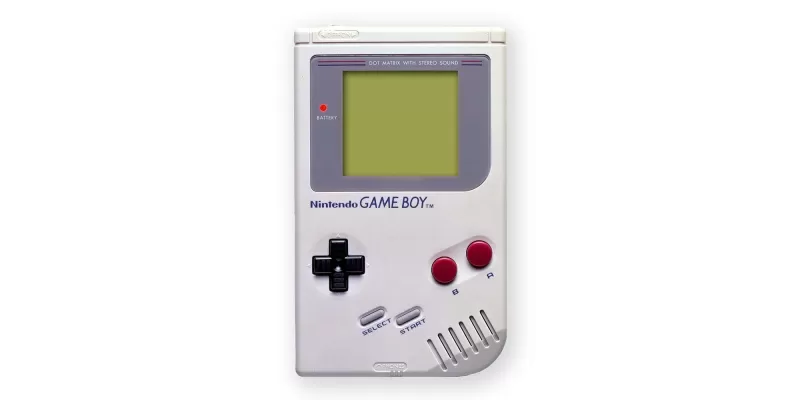 Revolutionizing handheld gaming, the Game Boy introduced cartridge-based gaming, expanding the possibilities beyond the singular games of its predecessor, the Game & Watch. Known worldwide for Tetris, which was bundled with the console in many regions, the Game Boy set a new standard for portable gaming.
Revolutionizing handheld gaming, the Game Boy introduced cartridge-based gaming, expanding the possibilities beyond the singular games of its predecessor, the Game & Watch. Known worldwide for Tetris, which was bundled with the console in many regions, the Game Boy set a new standard for portable gaming.
Super Nintendo Entertainment System - August 23, 1991
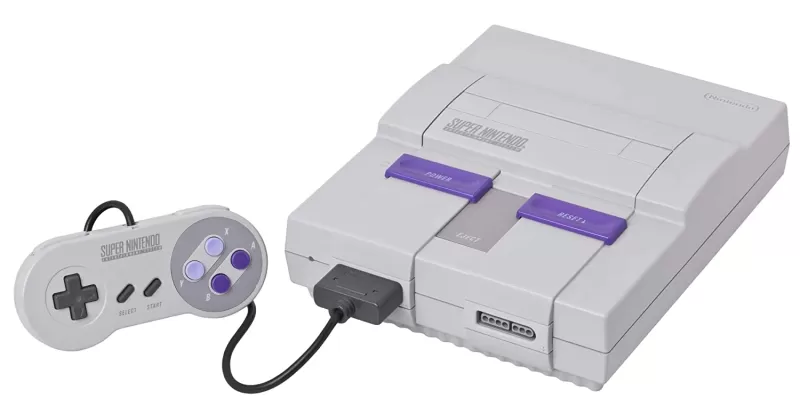 With the Super Nintendo Entertainment System (SNES), Nintendo ushered in 16-bit graphics, delivering refined versions of its flagship series with titles like Super Mario World and Donkey Kong Country. Despite entering the market later, the SNES's exceptional game lineup propelled it to become the best-selling console of its era.
With the Super Nintendo Entertainment System (SNES), Nintendo ushered in 16-bit graphics, delivering refined versions of its flagship series with titles like Super Mario World and Donkey Kong Country. Despite entering the market later, the SNES's exceptional game lineup propelled it to become the best-selling console of its era.
Virtual Boy - August 14, 1995
 Perhaps Nintendo's most unconventional console, the Virtual Boy was the first to offer stereoscopic 3D visuals. With a modest library of just 22 games, including Mario's Tennis and Virtual Boy Wario Land, its brief market presence and sales of less than 800,000 units made it a unique footnote in Nintendo's history.
Perhaps Nintendo's most unconventional console, the Virtual Boy was the first to offer stereoscopic 3D visuals. With a modest library of just 22 games, including Mario's Tennis and Virtual Boy Wario Land, its brief market presence and sales of less than 800,000 units made it a unique footnote in Nintendo's history.
Game Boy Pocket - September 3, 1996
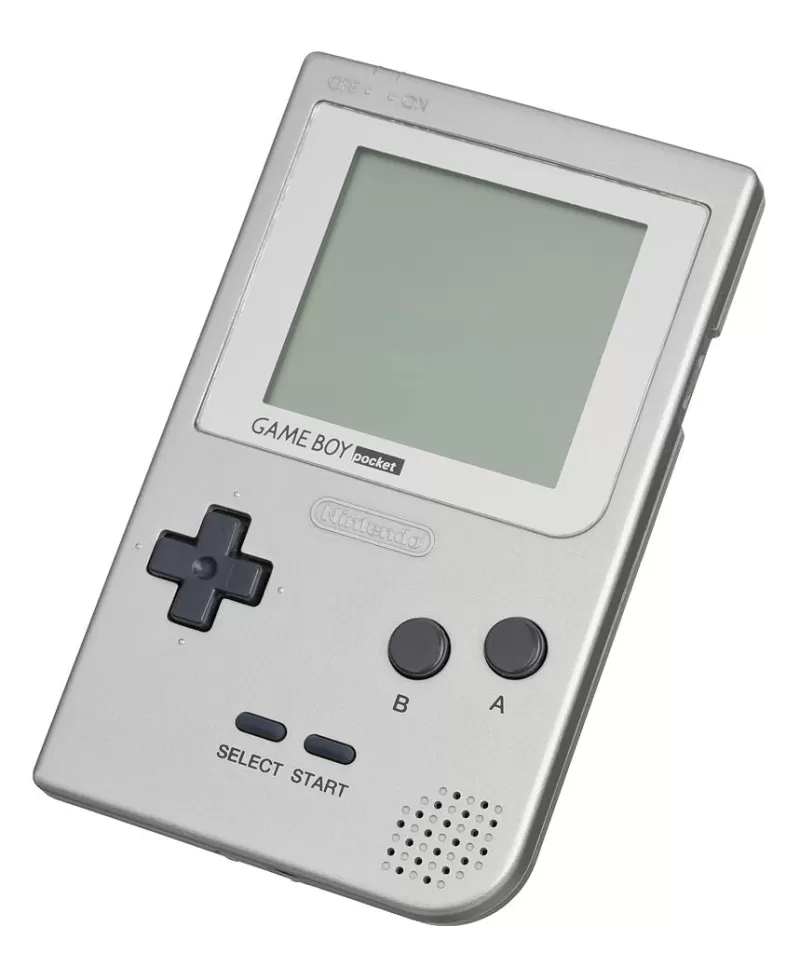 A slimmer version of the original Game Boy, the Game Boy Pocket featured an improved black-and-white screen and enhanced response times. However, its smaller design led to a reduced battery life compared to its predecessor.
A slimmer version of the original Game Boy, the Game Boy Pocket featured an improved black-and-white screen and enhanced response times. However, its smaller design led to a reduced battery life compared to its predecessor.
Nintendo 64 - September 29, 1996
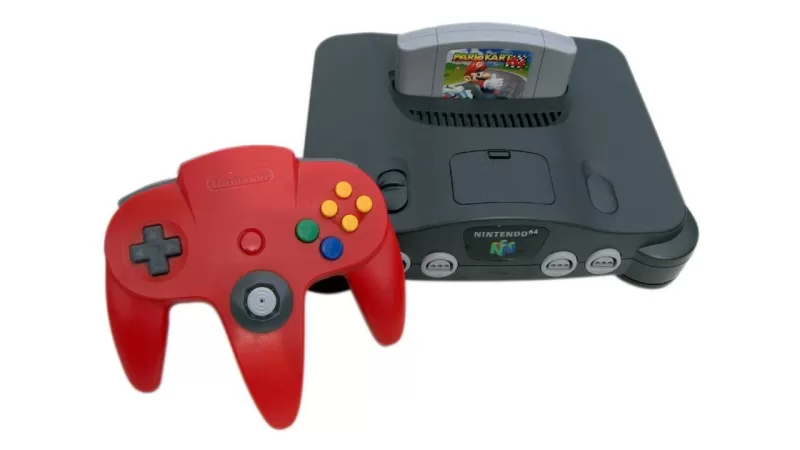 Introducing 3D graphics to Nintendo's home consoles, the Nintendo 64 brought groundbreaking titles like Super Mario 64 and The Legend of Zelda: Ocarina of Time. Its innovative controller with an analog stick redefined gameplay, while various special editions added to its allure.
Introducing 3D graphics to Nintendo's home consoles, the Nintendo 64 brought groundbreaking titles like Super Mario 64 and The Legend of Zelda: Ocarina of Time. Its innovative controller with an analog stick redefined gameplay, while various special editions added to its allure.
Game Boy Light - April 14, 1998
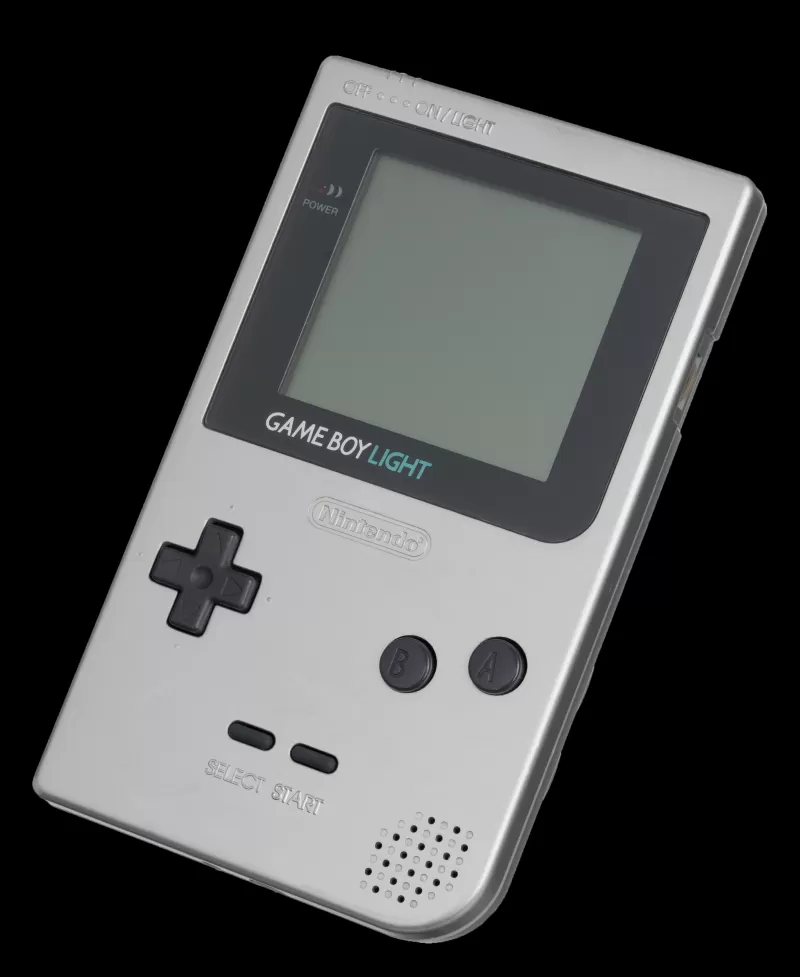 Exclusive to Japan, the Game Boy Light featured a larger design than the Game Boy Pocket but introduced a backlight for enhanced visibility in low-light conditions. This allowed for a longer battery life of up to 20 hours.
Exclusive to Japan, the Game Boy Light featured a larger design than the Game Boy Pocket but introduced a backlight for enhanced visibility in low-light conditions. This allowed for a longer battery life of up to 20 hours.
Game Boy Color - November 18, 1998
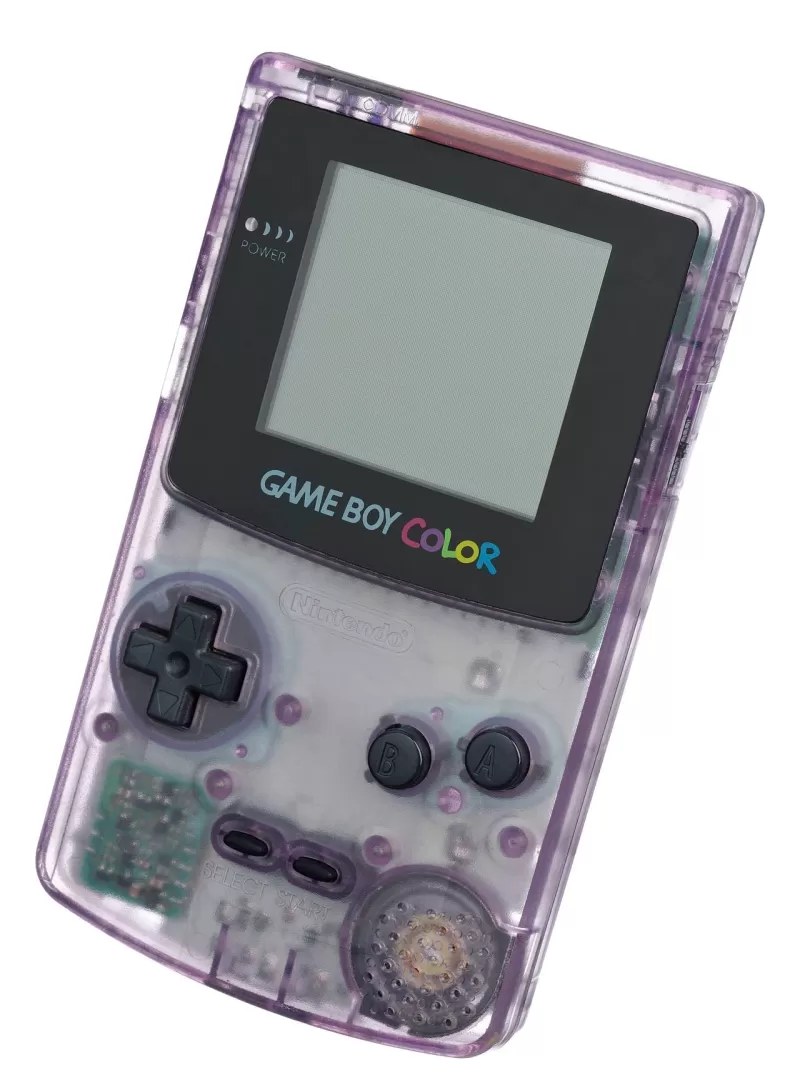 Bringing vibrant color to the handheld scene, the Game Boy Color maintained backward compatibility with original Game Boy games. With color support for many titles and new exclusive games, it offered a fresh and engaging gaming experience.
Bringing vibrant color to the handheld scene, the Game Boy Color maintained backward compatibility with original Game Boy games. With color support for many titles and new exclusive games, it offered a fresh and engaging gaming experience.
Game Boy Advance - June 11, 2001
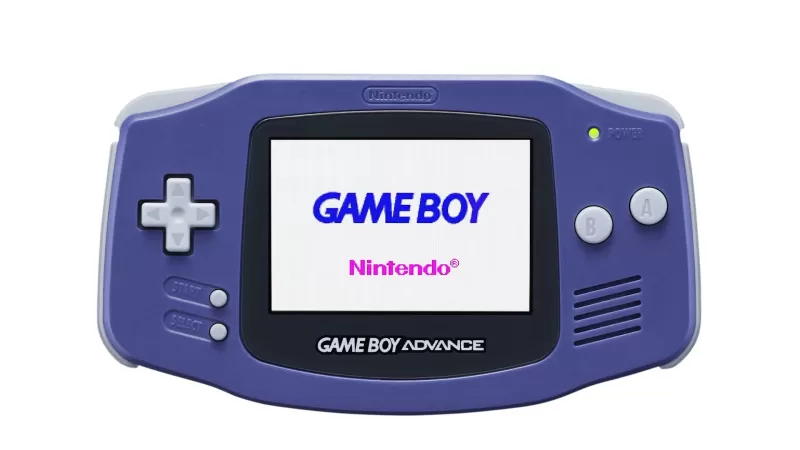 With its horizontal design and 16-bit graphics, the Game Boy Advance (GBA) marked a significant leap in portable gaming. Backward compatibility with previous Game Boy titles broadened its extensive library, making it a formidable device in Nintendo's lineup.
With its horizontal design and 16-bit graphics, the Game Boy Advance (GBA) marked a significant leap in portable gaming. Backward compatibility with previous Game Boy titles broadened its extensive library, making it a formidable device in Nintendo's lineup.
Pokémon mini - November 16, 2001
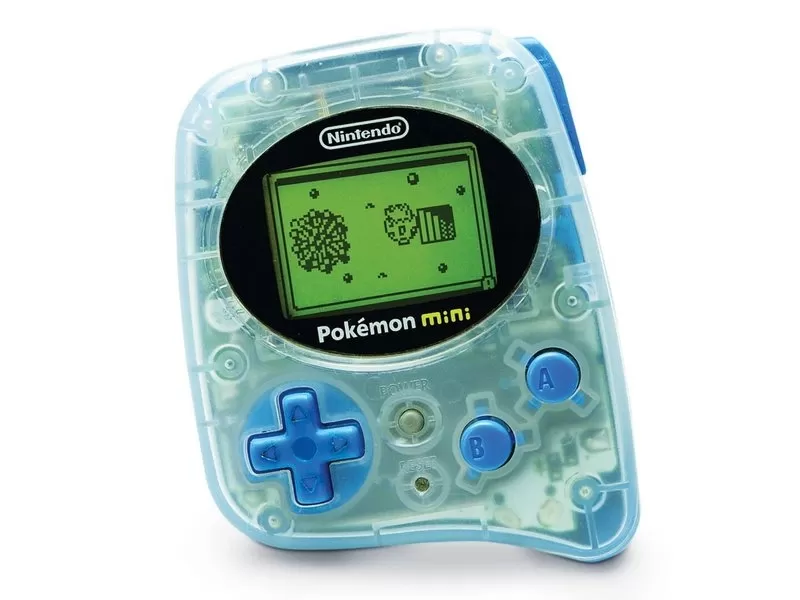 Image Credit: GamesRadarDedicated to Pokémon enthusiasts, the Pokémon mini was remarkably small and featured only 10 games, with just four released in North America. Its built-in clock, infrared communication, and rumble features added unique functionalities.
Image Credit: GamesRadarDedicated to Pokémon enthusiasts, the Pokémon mini was remarkably small and featured only 10 games, with just four released in North America. Its built-in clock, infrared communication, and rumble features added unique functionalities.
Nintendo GameCube - November 18, 2001
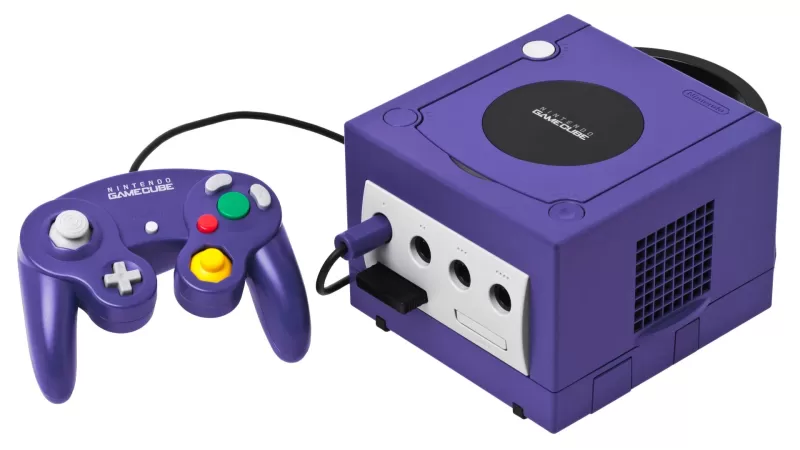 Building on the success of the Nintendo 64, the GameCube delivered sequels to beloved franchises like Super Mario Sunshine and The Legend of Zelda: Wind Waker. It transitioned to disc-based media and introduced a refined controller, leaving a lasting impact on series like Animal Crossing.
Building on the success of the Nintendo 64, the GameCube delivered sequels to beloved franchises like Super Mario Sunshine and The Legend of Zelda: Wind Waker. It transitioned to disc-based media and introduced a refined controller, leaving a lasting impact on series like Animal Crossing.
Panasonic Q - December 14, 2001
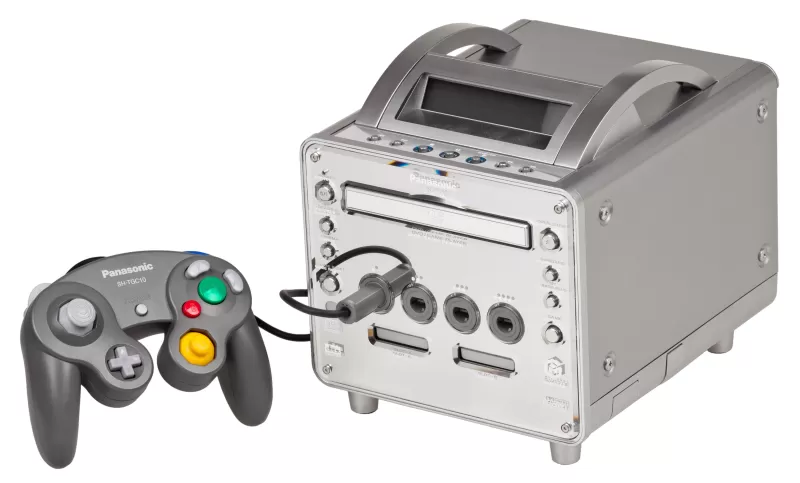 A collaboration with Panasonic, the Panasonic Q combined GameCube functionality with DVD and CD playback. Its unique stainless steel design and front LCD panel were notable, though its high cost and limited market presence led to a short lifespan.
A collaboration with Panasonic, the Panasonic Q combined GameCube functionality with DVD and CD playback. Its unique stainless steel design and front LCD panel were notable, though its high cost and limited market presence led to a short lifespan.
Game Boy Advance SP - March 23, 2003
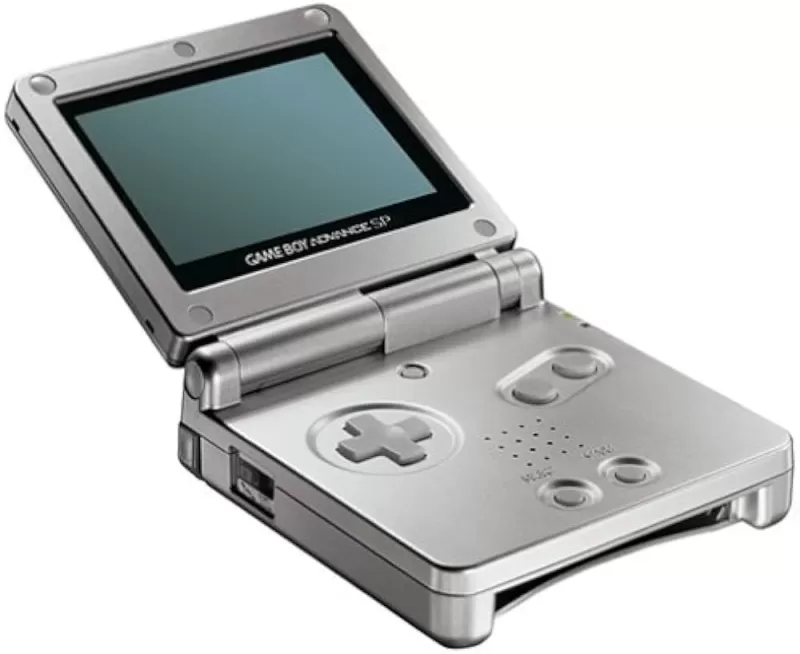 With a hinge design and chargeable battery, the Game Boy Advance SP offered significant improvements over the original GBA. Its later backlit models enhanced visibility, although it lacked a headphone jack, requiring an adapter for audio use.
With a hinge design and chargeable battery, the Game Boy Advance SP offered significant improvements over the original GBA. Its later backlit models enhanced visibility, although it lacked a headphone jack, requiring an adapter for audio use.
Nintendo DS - November 21, 2004
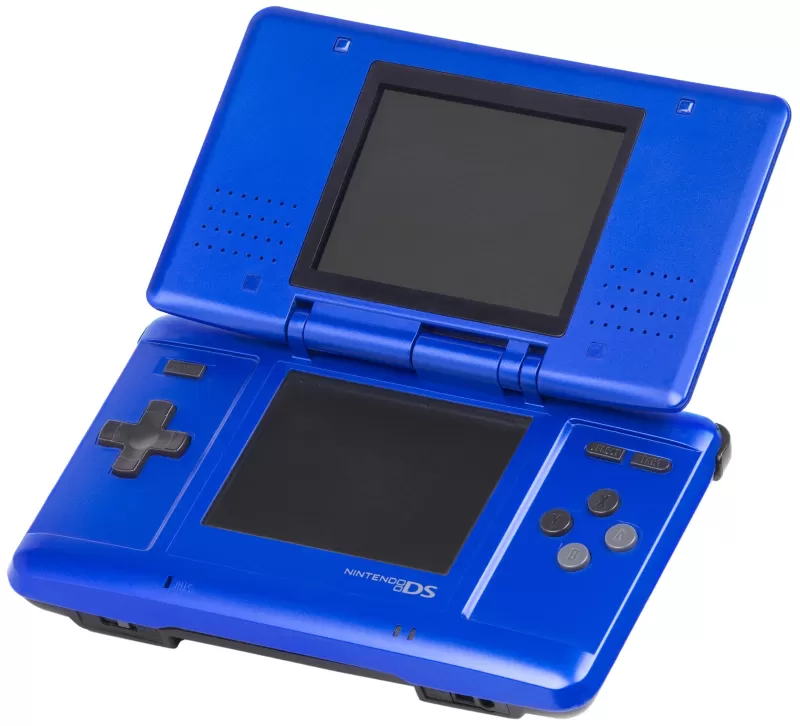 Initiating the DS line, the Nintendo DS introduced Wi-Fi connectivity and a dual-screen design, including a touchscreen. Its unique games and innovative use of the stylus pen contributed to its status as Nintendo's best-selling console.
Initiating the DS line, the Nintendo DS introduced Wi-Fi connectivity and a dual-screen design, including a touchscreen. Its unique games and innovative use of the stylus pen contributed to its status as Nintendo's best-selling console.
Game Boy Micro - September 19, 2005
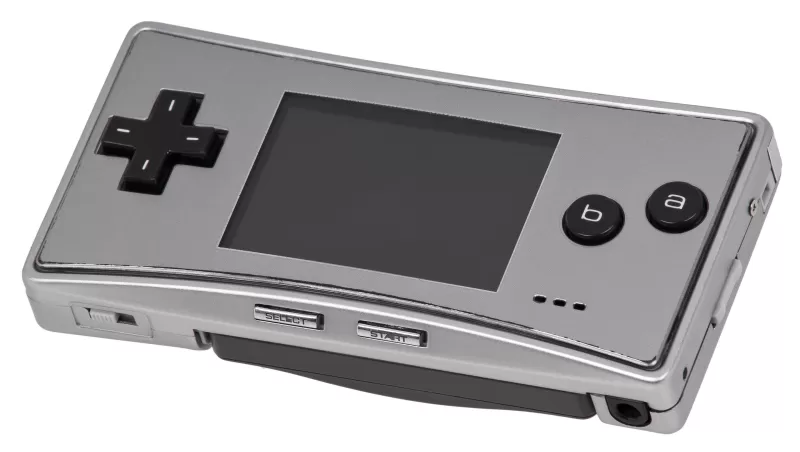 Surprising many at its E3 2005 reveal, the Game Boy Micro's compact design and adjustable backlit screen offered a new way to enjoy Game Boy and Game Boy Advance games. Despite its limited production run, it garnered a dedicated following.
Surprising many at its E3 2005 reveal, the Game Boy Micro's compact design and adjustable backlit screen offered a new way to enjoy Game Boy and Game Boy Advance games. Despite its limited production run, it garnered a dedicated following.
Nintendo DS Lite - June 11, 2006
 Offering a slimmer and lighter design, the DS Lite improved screen brightness and battery life over the original DS. These enhancements made it a popular choice among gamers looking for a more portable and user-friendly experience.
Offering a slimmer and lighter design, the DS Lite improved screen brightness and battery life over the original DS. These enhancements made it a popular choice among gamers looking for a more portable and user-friendly experience.
Nintendo Wii - November 19, 2006
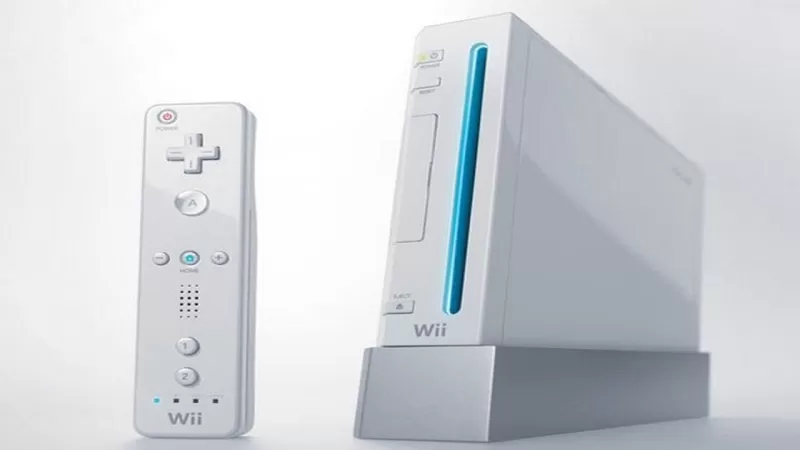 Revitalizing Nintendo's home console market, the Wii introduced motion controls through its innovative Wii Remote. Backward compatibility with GameCube titles and the addition of Virtual Console further expanded its appeal, attracting a broad audience.
Revitalizing Nintendo's home console market, the Wii introduced motion controls through its innovative Wii Remote. Backward compatibility with GameCube titles and the addition of Virtual Console further expanded its appeal, attracting a broad audience.
Nintendo DSi - November 1, 2008
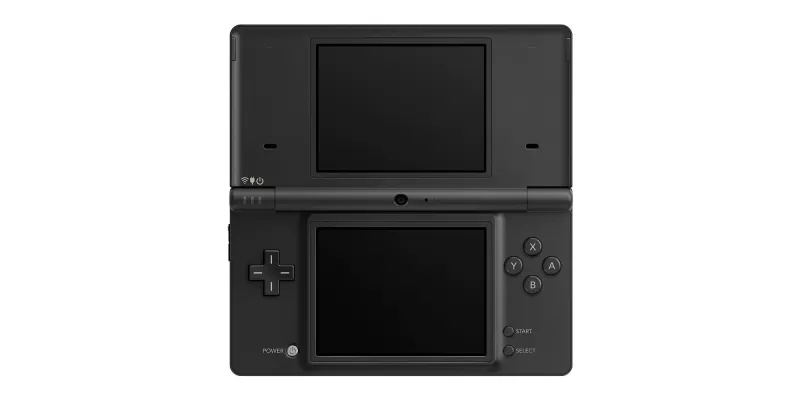 Adding cameras and an SD card slot, the DSi evolved from the DS, though it removed the Game Boy Advance slot. These changes allowed for new gameplay experiences and storage options, enhancing its versatility.
Adding cameras and an SD card slot, the DSi evolved from the DS, though it removed the Game Boy Advance slot. These changes allowed for new gameplay experiences and storage options, enhancing its versatility.
Nintendo DSi XL - November 21, 2009
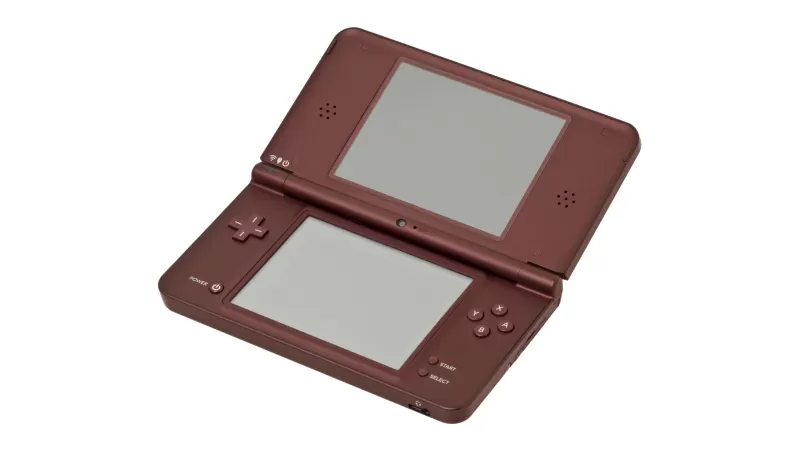 With larger screens and improved audio, the DSi XL offered an enhanced gaming experience. Its increased battery life and wider view angles made DS games more enjoyable, catering to gamers seeking comfort and immersion.
With larger screens and improved audio, the DSi XL offered an enhanced gaming experience. Its increased battery life and wider view angles made DS games more enjoyable, catering to gamers seeking comfort and immersion.
Nintendo 3DS - March 27, 2011
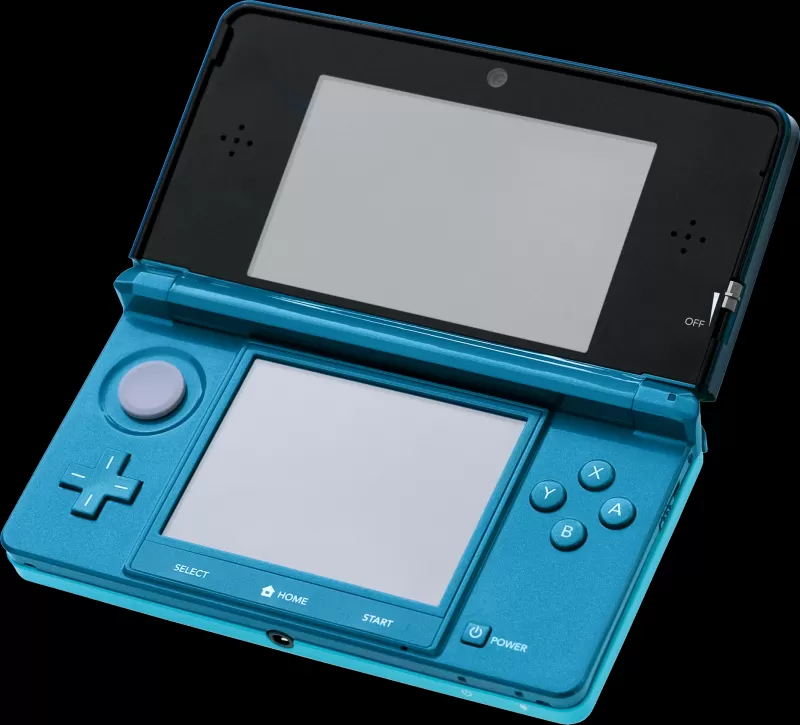 Following the DS line, the 3DS introduced stereoscopic 3D without glasses, echoing the technology of the Virtual Boy. With a robust library including titles like The Legend of Zelda: A Link Between Worlds and Super Mario 3D Land, it significantly advanced portable gaming.
Following the DS line, the 3DS introduced stereoscopic 3D without glasses, echoing the technology of the Virtual Boy. With a robust library including titles like The Legend of Zelda: A Link Between Worlds and Super Mario 3D Land, it significantly advanced portable gaming.
Nintendo 3DS XL - August 19, 2012
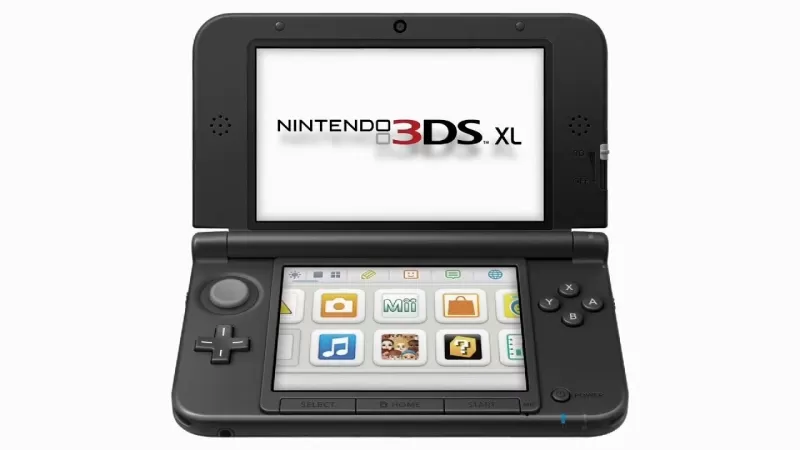 With a 90% larger screen than the original 3DS, the 3DS XL provided enhanced visibility and gameplay. Retaining all the features of its predecessor, it offered a more immersive experience for gamers.
With a 90% larger screen than the original 3DS, the 3DS XL provided enhanced visibility and gameplay. Retaining all the features of its predecessor, it offered a more immersive experience for gamers.
Nintendo Wii U - November 18, 2012
 As the successor to the Wii, the Wii U introduced the GamePad, allowing off-TV play. Its HD capabilities and titles like Super Mario 3D World and Splatoon were highlights, though marketing challenges impacted its market success.
As the successor to the Wii, the Wii U introduced the GamePad, allowing off-TV play. Its HD capabilities and titles like Super Mario 3D World and Splatoon were highlights, though marketing challenges impacted its market success.
Nintendo Wii Mini - December 7, 2012
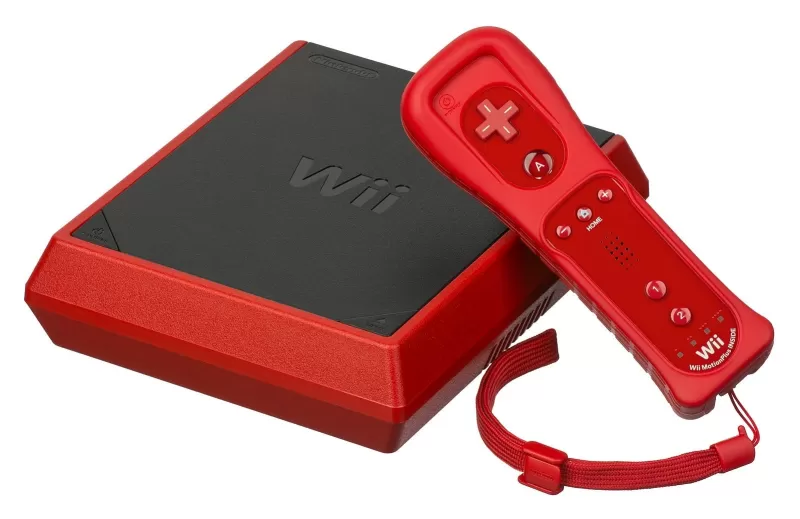 Launched at the end of the Wii's lifecycle, the Wii Mini offered a smaller, lighter design but removed several features including GameCube support and Wi-Fi. Its unique top-facing disc drive set it apart, though it was primarily released in Canada and select other regions.
Launched at the end of the Wii's lifecycle, the Wii Mini offered a smaller, lighter design but removed several features including GameCube support and Wi-Fi. Its unique top-facing disc drive set it apart, though it was primarily released in Canada and select other regions.
Nintendo 2DS - October 12, 2013
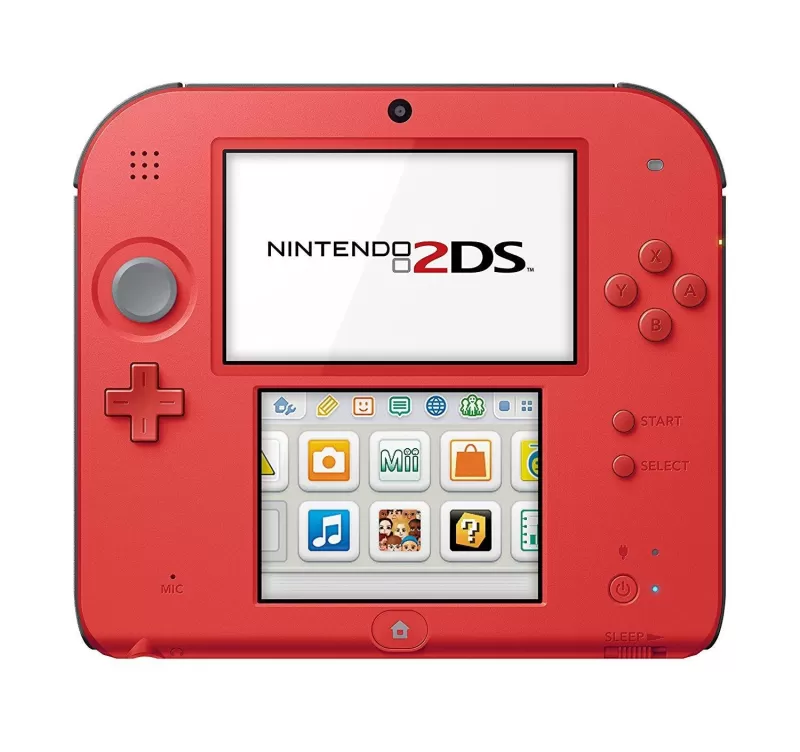 Removing the 3D feature and adopting a flat design, the 2DS maintained compatibility with 3DS games. Its lower price point made it an accessible entry point into Nintendo's handheld gaming ecosystem.
Removing the 3D feature and adopting a flat design, the 2DS maintained compatibility with 3DS games. Its lower price point made it an accessible entry point into Nintendo's handheld gaming ecosystem.
New Nintendo 3DS - October 11, 2014
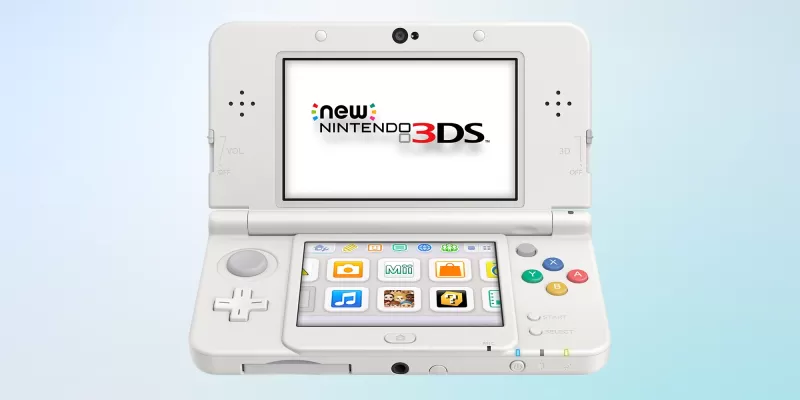 Enhancing the 3DS with new controls and amiibo support, the New Nintendo 3DS offered improved gameplay experiences. Its staggered release across regions eventually brought these enhancements to North America.
Enhancing the 3DS with new controls and amiibo support, the New Nintendo 3DS offered improved gameplay experiences. Its staggered release across regions eventually brought these enhancements to North America.
New Nintendo 3DS XL - February 13, 2015
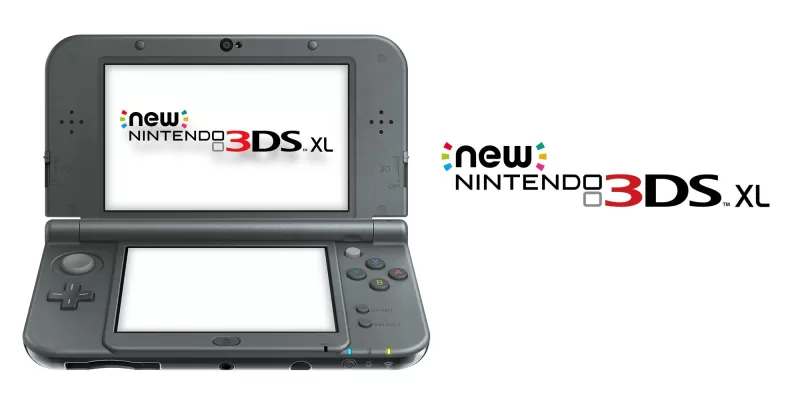 With even larger screens than the New 3DS, the New 3DS XL provided a more immersive gaming experience. While it removed the ability to change face plates, its special editions offered varied aesthetics for gamers.
With even larger screens than the New 3DS, the New 3DS XL provided a more immersive gaming experience. While it removed the ability to change face plates, its special editions offered varied aesthetics for gamers.
Nintendo Switch - March 3, 2017
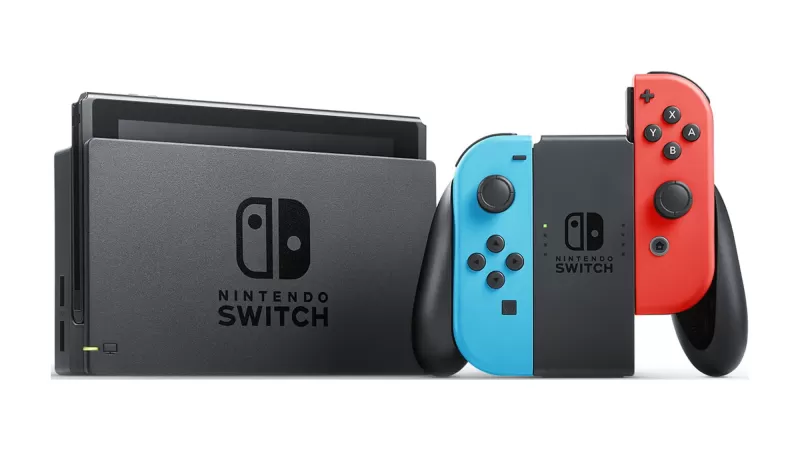 Blending home and portable gaming, the Nintendo Switch redefined the gaming landscape. Its versatile design and exceptional first-party library, including titles like The Legend of Zelda: Breath of the Wild, propelled Nintendo back to the forefront of the industry.
Blending home and portable gaming, the Nintendo Switch redefined the gaming landscape. Its versatile design and exceptional first-party library, including titles like The Legend of Zelda: Breath of the Wild, propelled Nintendo back to the forefront of the industry.
New Nintendo 2DS XL - July 28, 2017
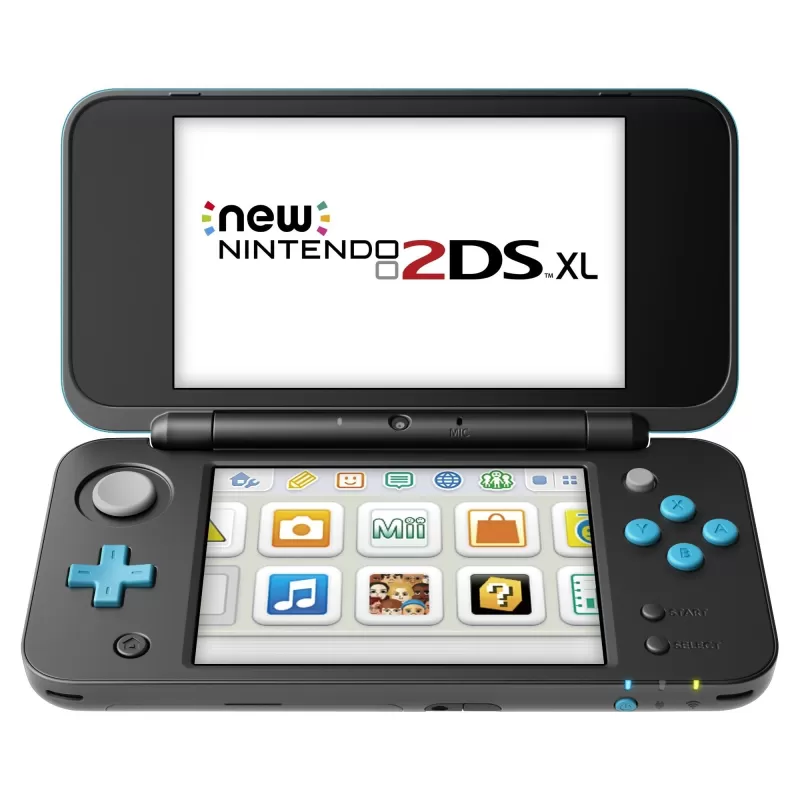 Updating the 2DS, the 2DS XL introduced an analog stick, shoulder buttons, and amiibo support. Its clamshell design and compatibility with New 3DS titles offered a robust gaming experience at a competitive price.
Updating the 2DS, the 2DS XL introduced an analog stick, shoulder buttons, and amiibo support. Its clamshell design and compatibility with New 3DS titles offered a robust gaming experience at a competitive price.
Nintendo Switch Lite - September 20, 2019
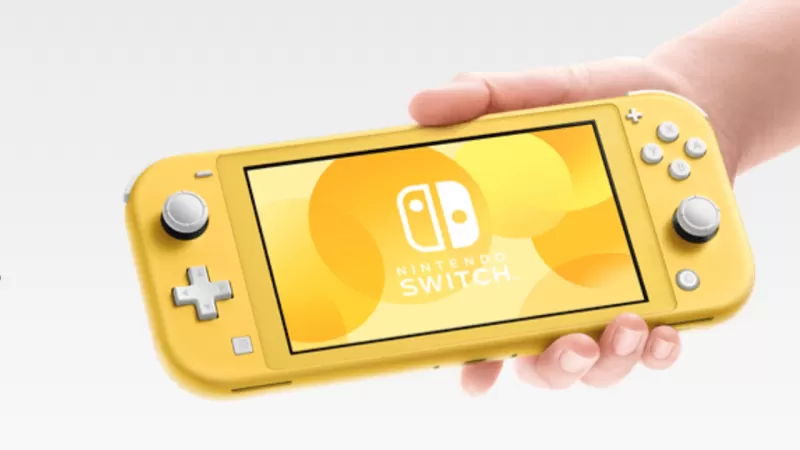 Designed exclusively for handheld play, the Switch Lite's compact design and integrated controllers made it a cost-effective alternative to the original Switch. Its smaller form factor appealed to gamers on the go.
Designed exclusively for handheld play, the Switch Lite's compact design and integrated controllers made it a cost-effective alternative to the original Switch. Its smaller form factor appealed to gamers on the go.
Nintendo Switch OLED model - October 8, 2021
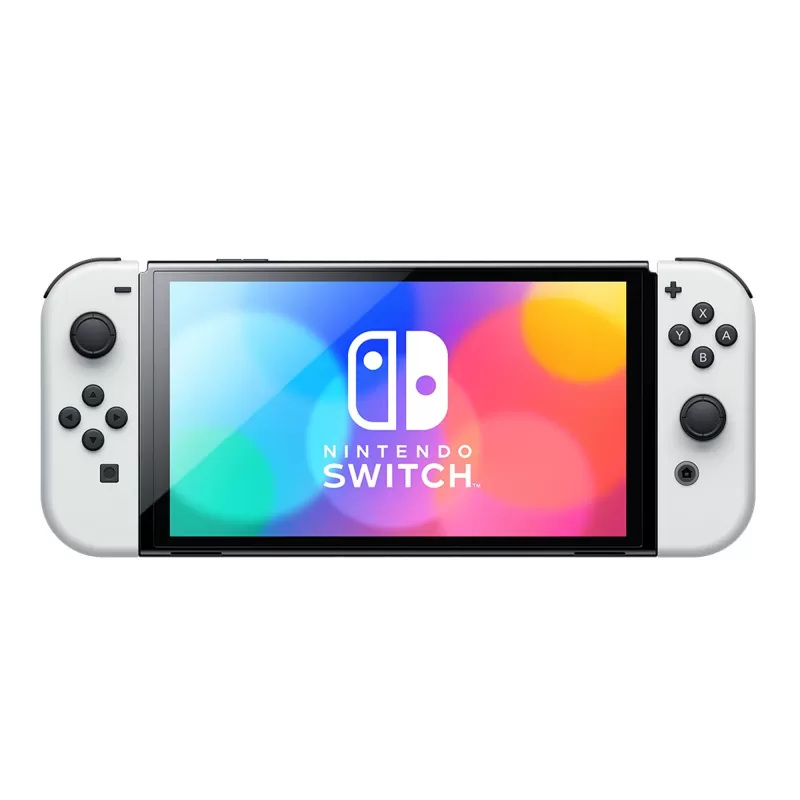 Enhancing the Switch experience, the OLED model featured a larger, vibrant screen and improved audio and kickstand. Launched alongside Metroid Dread, it offered a premium gaming experience for enthusiasts.
Enhancing the Switch experience, the OLED model featured a larger, vibrant screen and improved audio and kickstand. Launched alongside Metroid Dread, it offered a premium gaming experience for enthusiasts.
Upcoming Nintendo Consoles
After years of speculation, Nintendo has unveiled the Nintendo Switch 2. The reveal showcases innovative Joy-Con attachment methods, a larger screen, and a second USB-C port. The possibility of using Joy-Cons as a mouse and the potential for new first-party titles integrating this feature add to the excitement. A new Mario Kart with 24-player support hints at expansive multiplayer experiences, while the console promises "mostly" backward compatibility and continued support for both physical and digital games.Analysts suggest the Switch 2 might be priced around $400. We've gathered all the known details from the reveal trailer, but further information, including a release date, is expected to be shared during a Nintendo Direct on April 2.
AnswerSee ResultsLatest Articles





